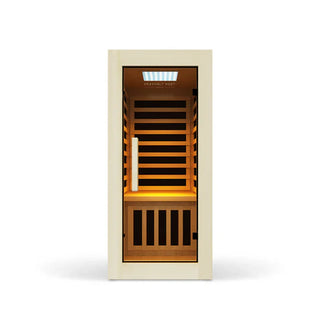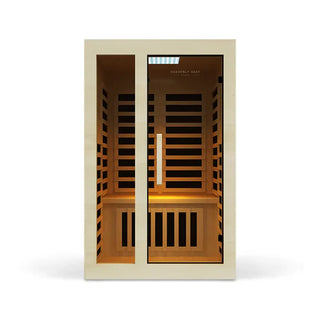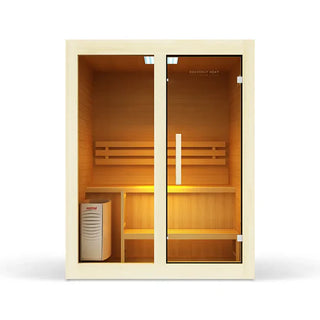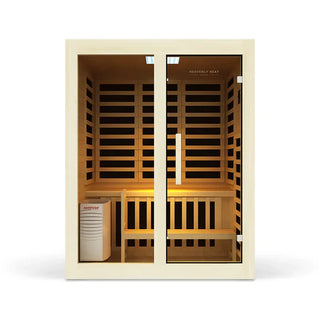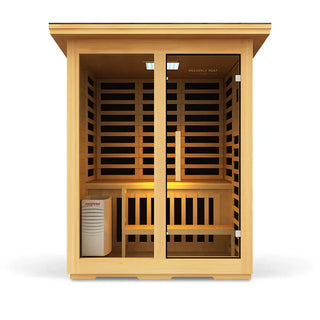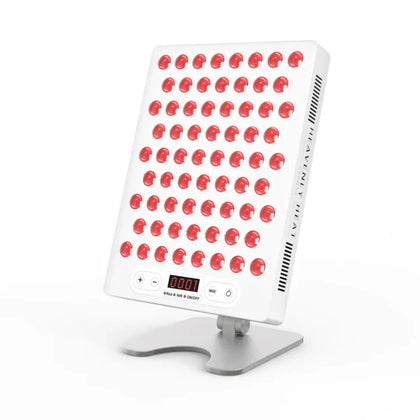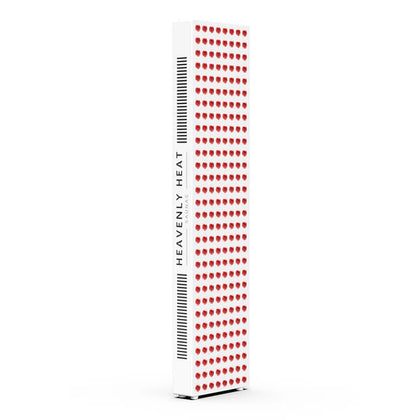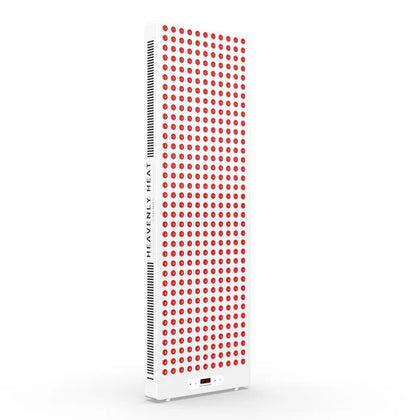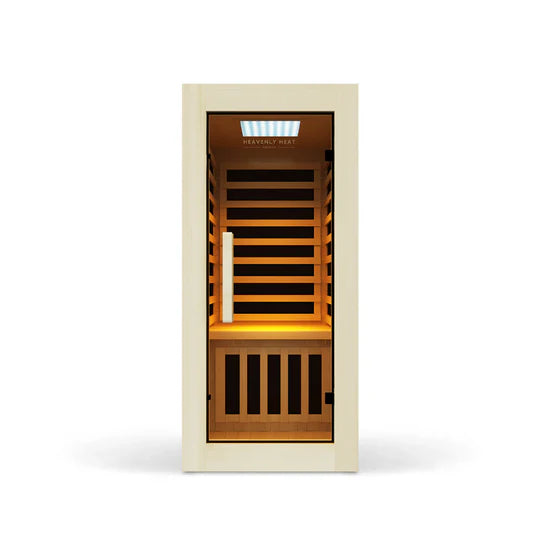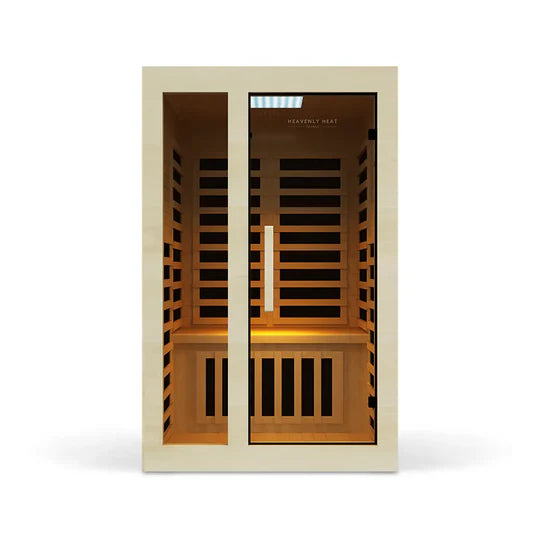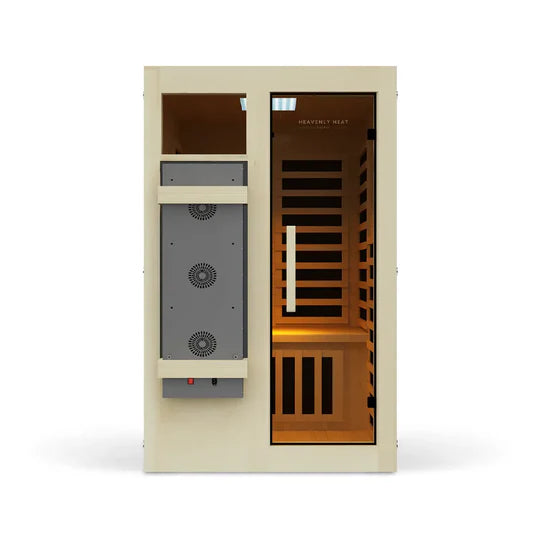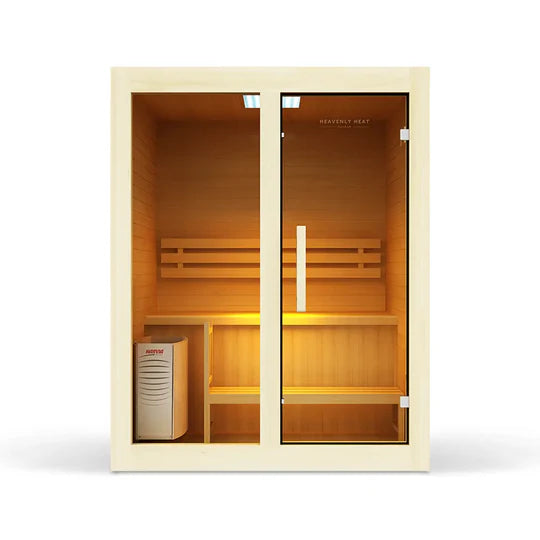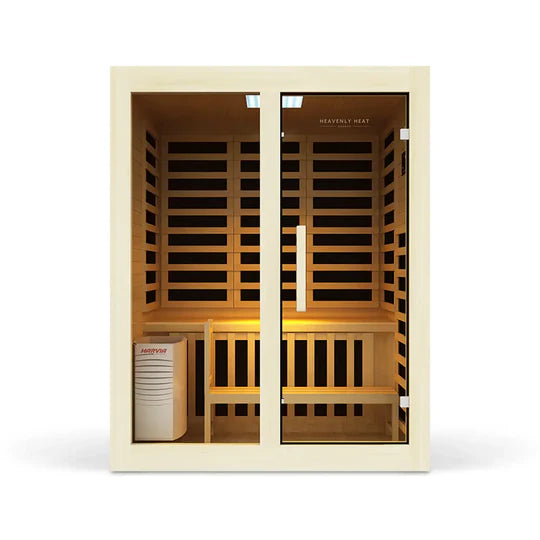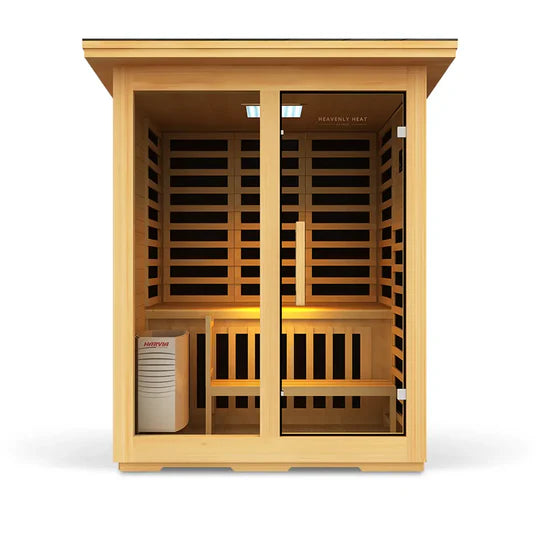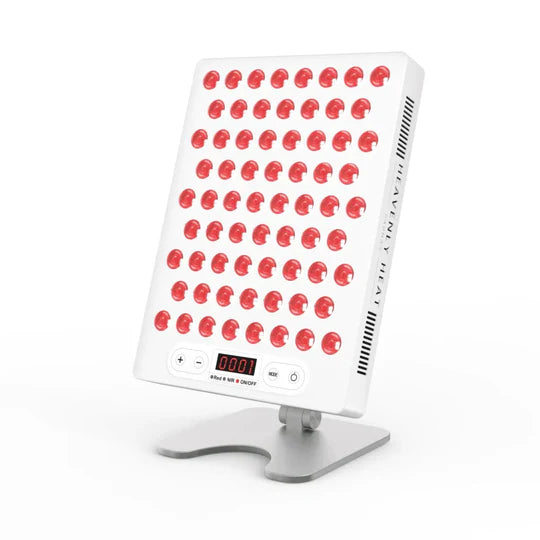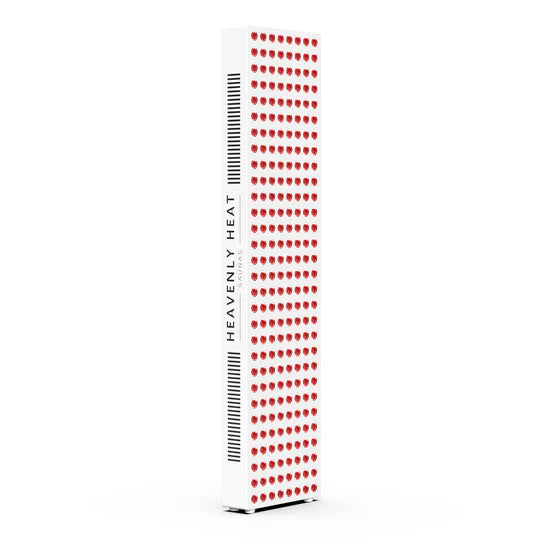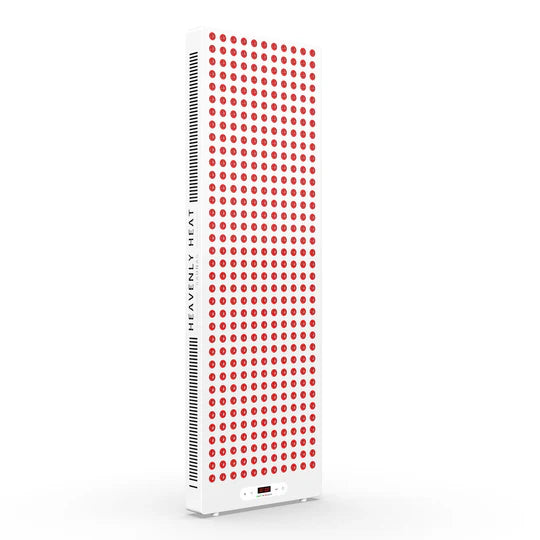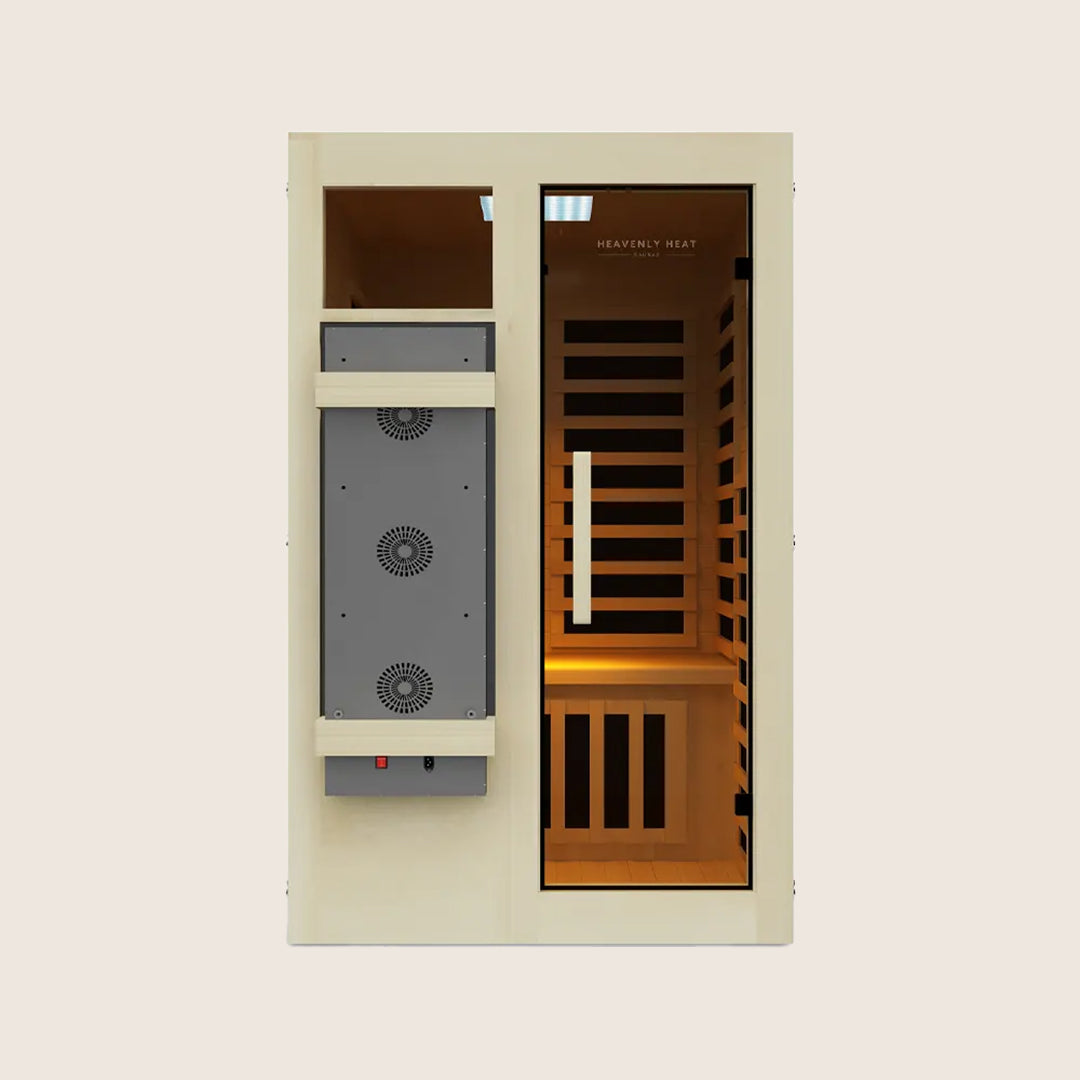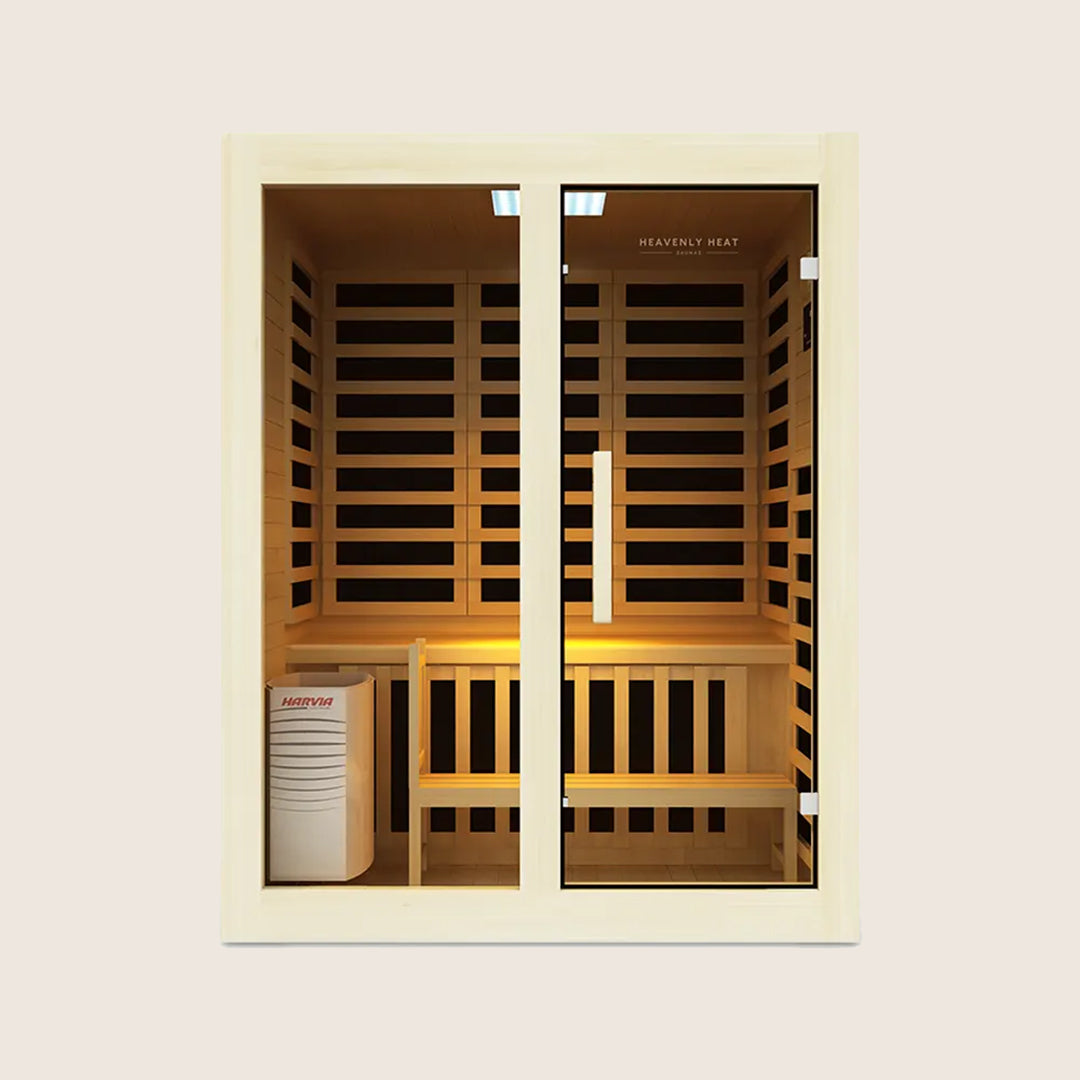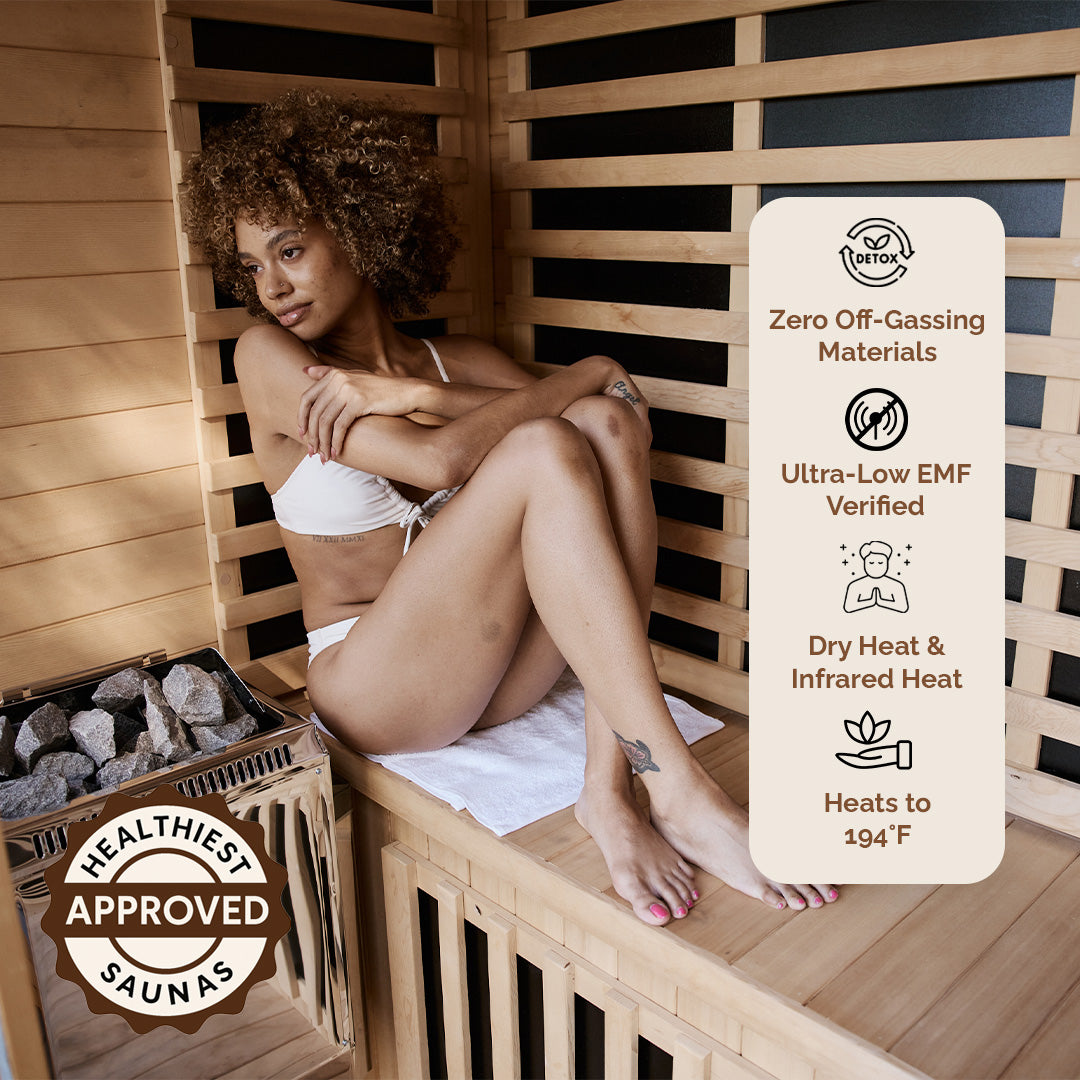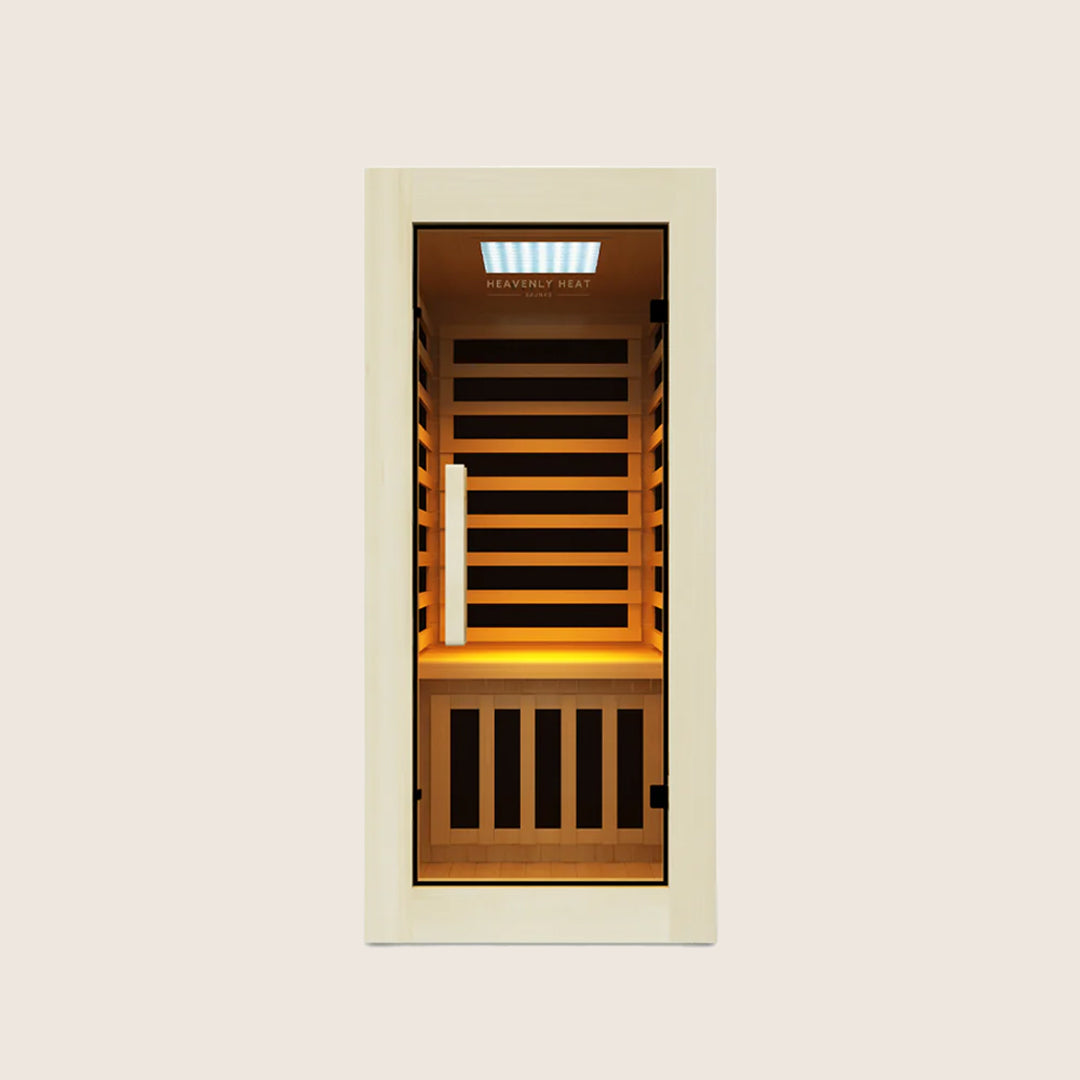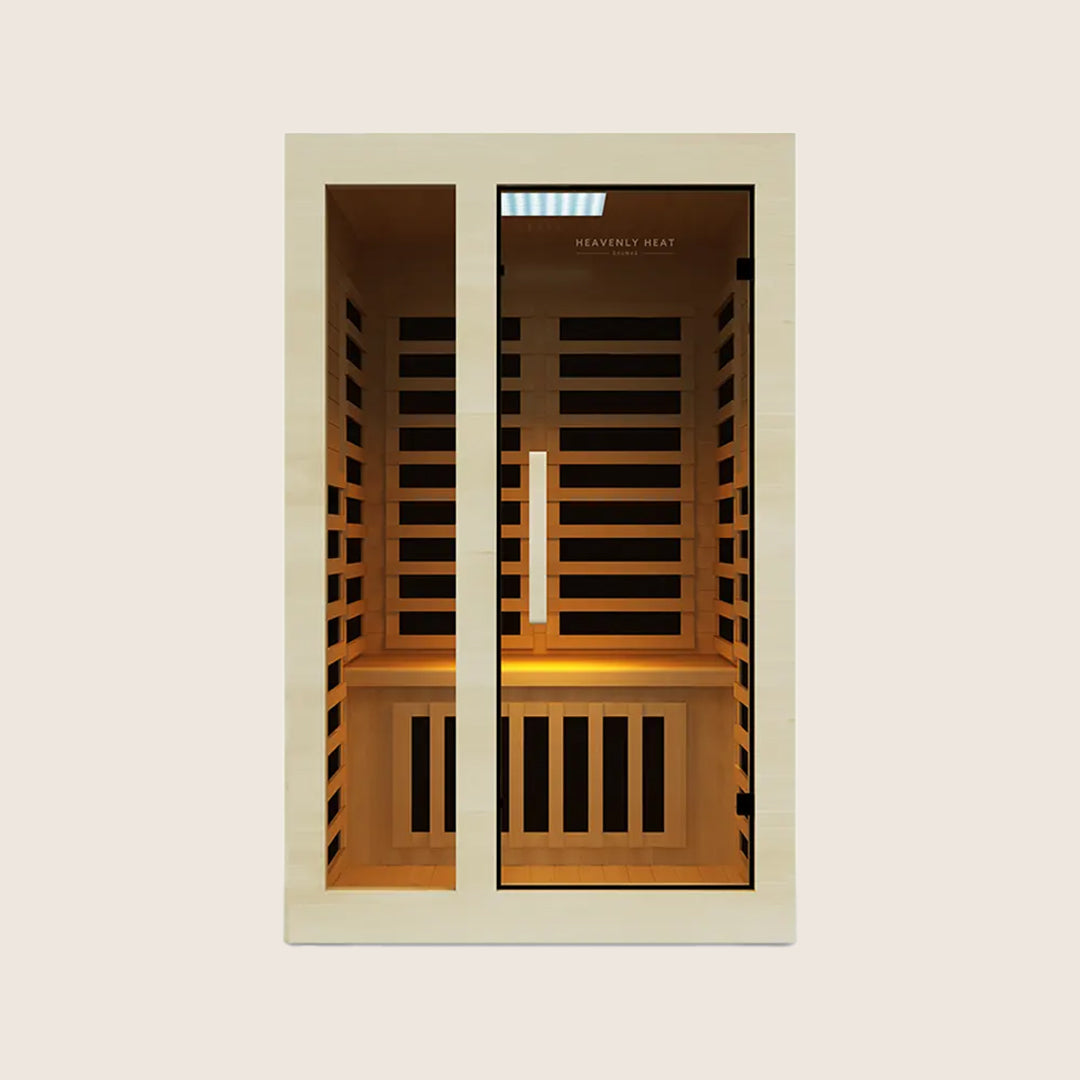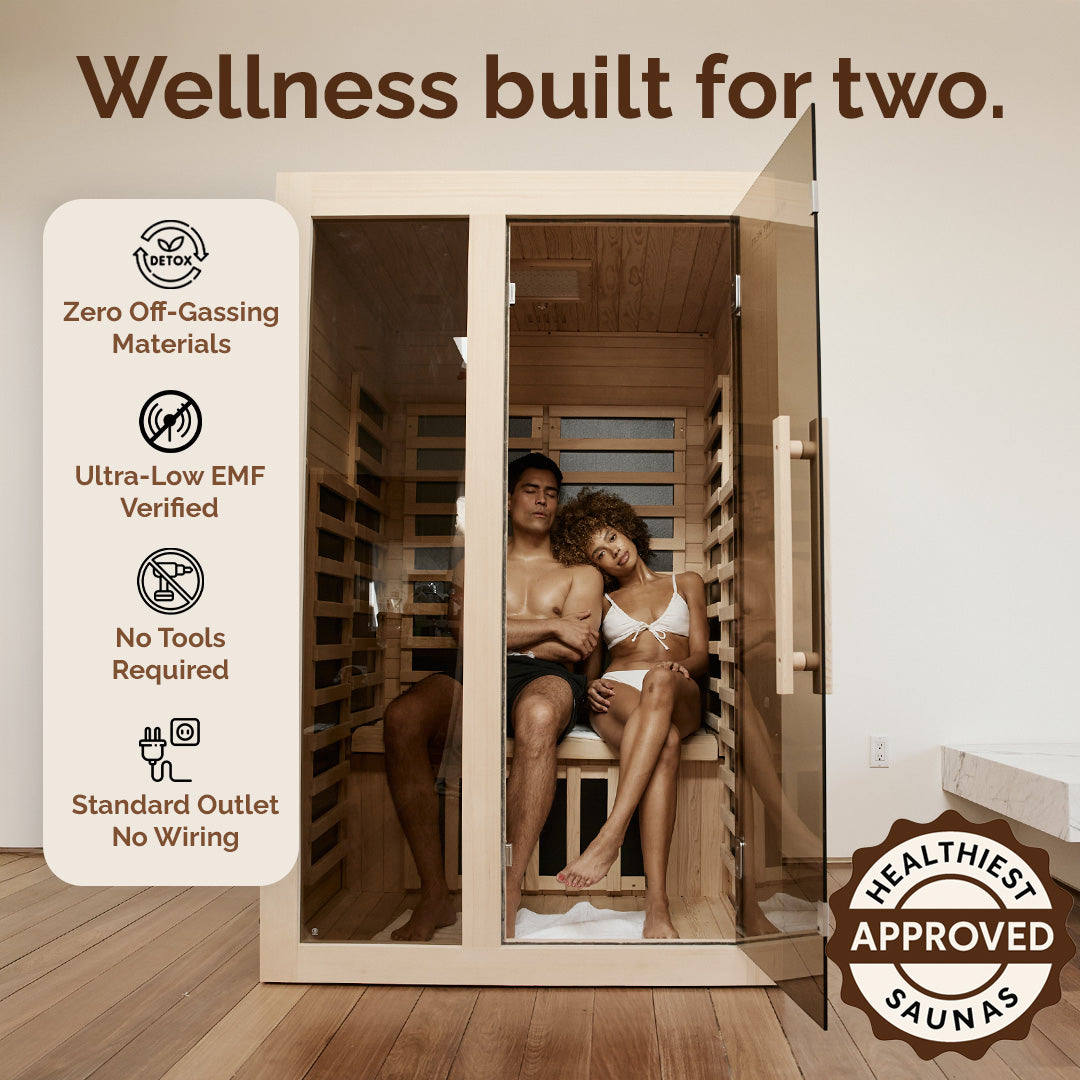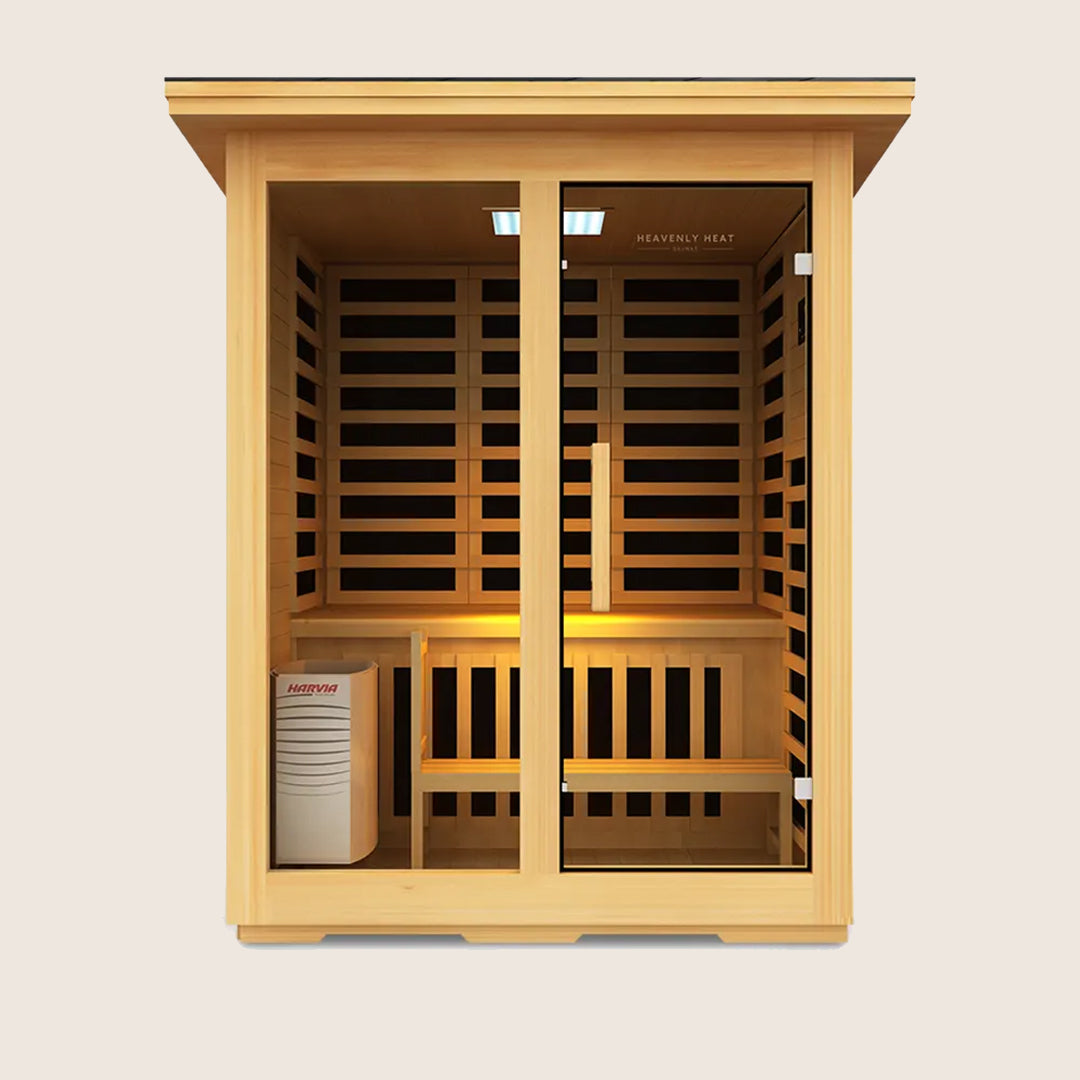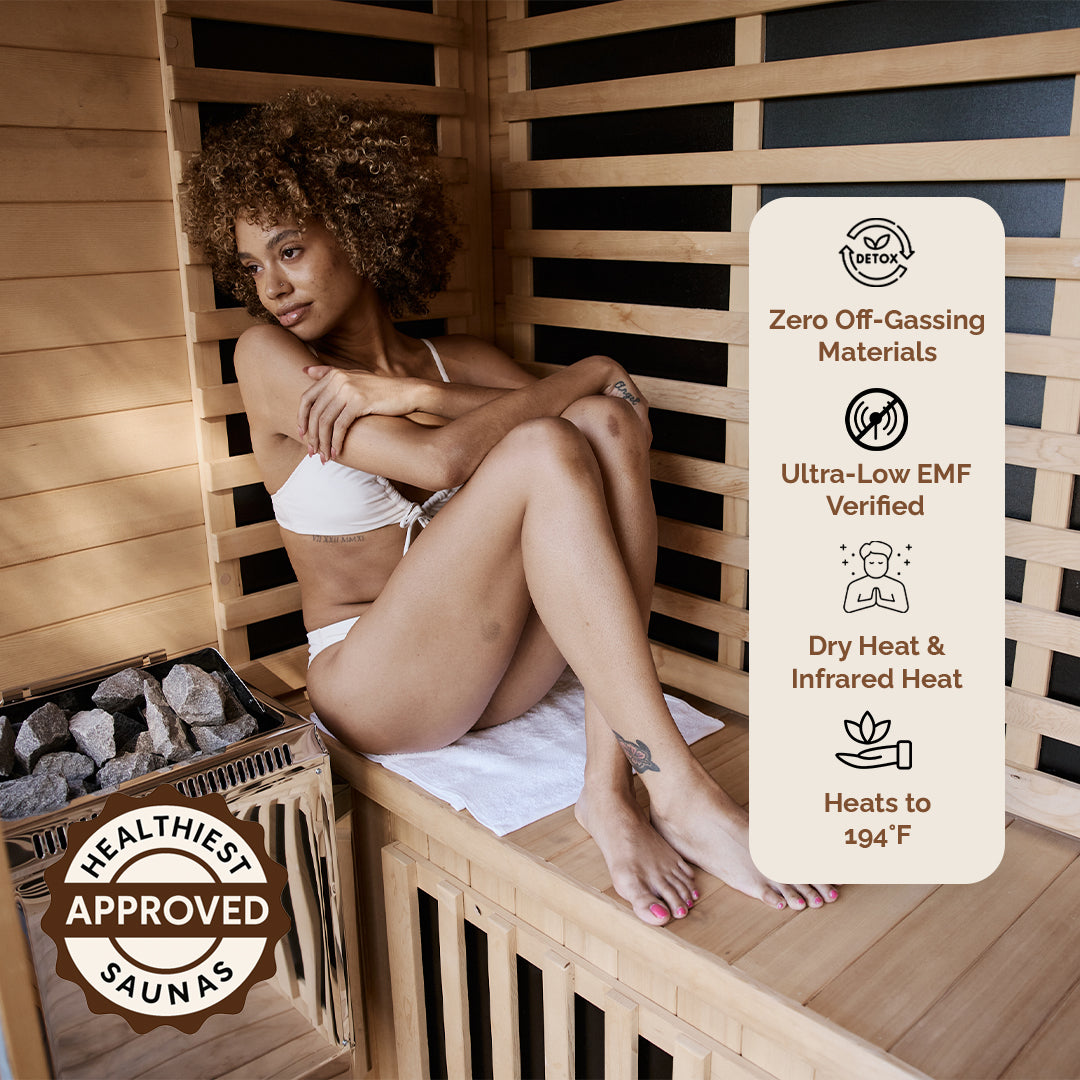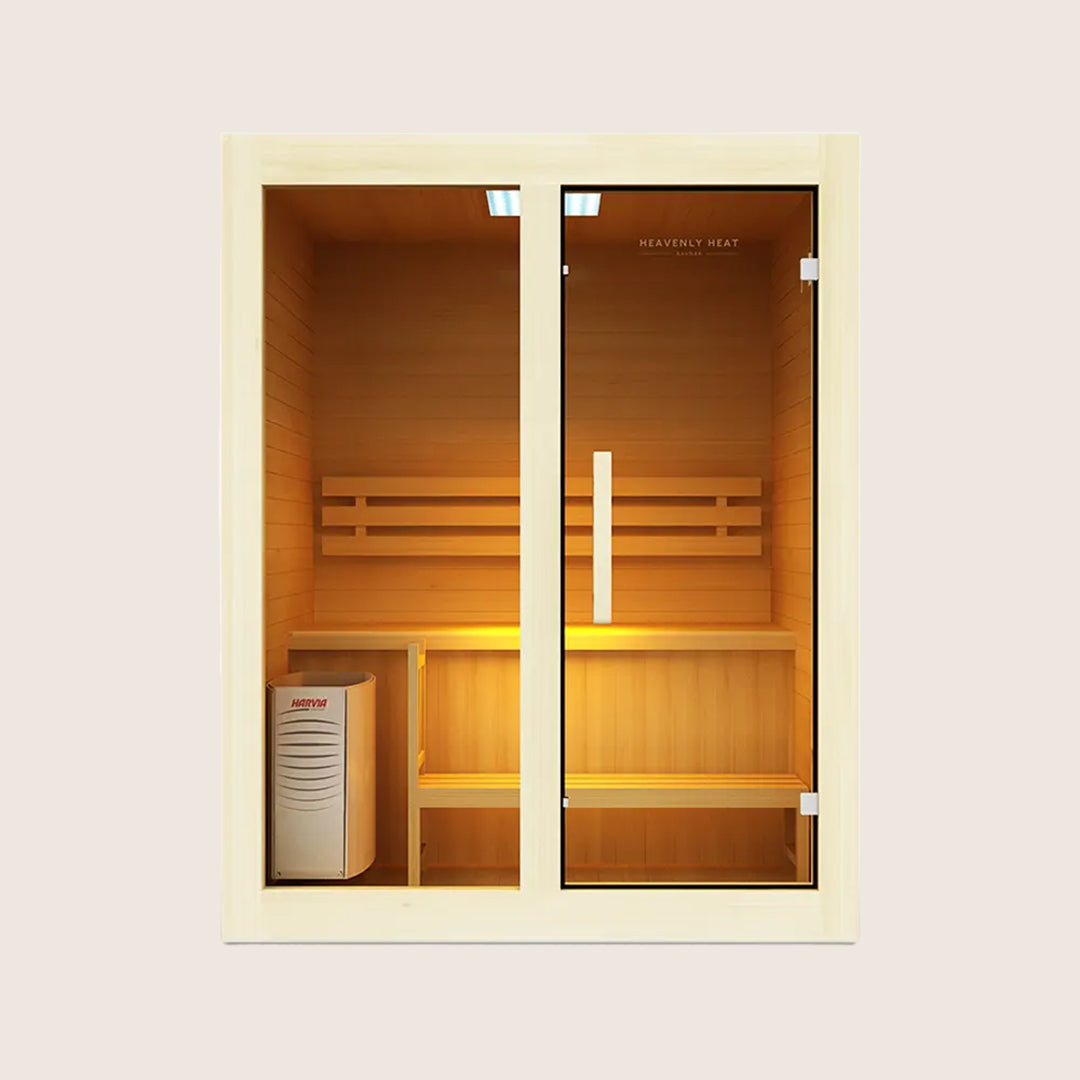Is Sauna Good for Kidney Stones or Can It Make Them Worse?
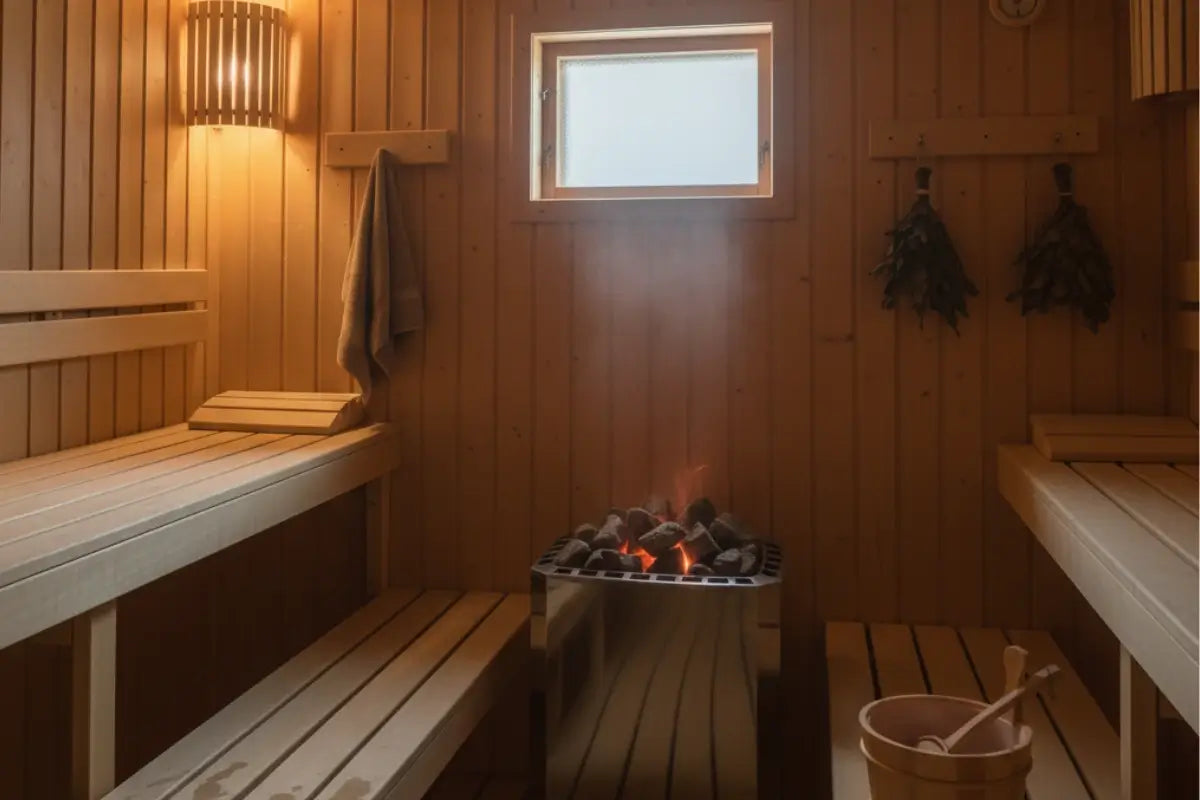
Sharp side pain, burning urination, and even blood in your urine, kidney stones can turn daily life into a nightmare.
What many don’t realize is that ignoring these symptoms may lead to blocked urine flow, infections, or unbearable pain.
Could something as soothing as a sauna help, or actually make things worse? Let’s explore the surprising truth.
Key Takeaways
Stay Hydrated: Drink plenty of water before, during, and after sauna sessions to prevent dehydration and reduce kidney stone risk.
Limit Sauna Time: Keep sessions short (15–20 minutes) at moderate temperatures to avoid stressing your kidneys.
Watch for Warning Signs: Leave the sauna immediately if you feel dizziness, nausea, or sharp kidney pain.
Mind Medications and Conditions: Certain kidney stone medications and existing kidney problems increase risks in heat—consult your doctor first.
Support Kidney Health Daily: Follow a balanced diet, stay active, and monitor calcium, oxalate, and sodium intake to lower stone formation.
What Are Kidney Stones?
Kidney stones are hard deposits that form in the kidneys and often cause sharp pain in the back or side when passing through the urinary tract.
Symptoms can include severe pain, nausea, blood in the urine, and frequent urges to urinate. They develop from factors like dehydration, high salt or oxalate intake, and certain medical conditions.
The underlying cause is the crystallization of minerals and salts in concentrated urine, which leads to stone formation.
Is Sauna Good for Kidney Stones?
Saunas can affect kidney stones both positively and negatively. While heat may relax urinary tract muscles, easing stone passage, intense sweating can cause dehydration, concentrating minerals in urine and raising stone risk.
People with kidney issues or on stone-related medications should be cautious. Staying hydrated, limiting sauna time, and consulting a doctor are essential for safely enjoying saunas without worsening kidney stones.

Risks of Sauna Use for People with Kidney Stones
Dehydration from Sauna Can Make Kidney Stones Worse
Saunas can be relaxing, but if you have kidney stones, caution is key. The intense heat causes sweating, which can lead to dehydration and make urine more concentrated, creating an environment where minerals like calcium, potassium, and magnesium can clump together into stones.
In a typical sauna session, you might lose up to two pounds of water, and noticing dark urine afterward is a clear sign your body is holding onto fluids, raising the risk of stone formation.
While research published in the European Journal of Clinical Investigation shows that regular sauna use doesn’t harm kidney function or cause chronic kidney disease, people prone to stones may still face higher risks if they neglect hydration.
Drinking water before and after a session can help you enjoy the sauna safely without compromising kidney health.
High Heat Stresses Kidneys, Increasing Complication Risk
Spending time in a sauna exposes the body to intense heat, which can put extra strain on the kidneys, especially for those prone to kidney stones.
Research highlighted in Kidney Int Rep shows that heat exposure combined with dehydration, like in workers exposed to extreme temperatures without enough fluids, can stress kidney function and contribute to long-term issues.
In saunas, heavy sweating leads to fluid loss, which lowers urine output and allows minerals such as calcium to build up in the kidneys, increasing stone formation and making existing stones harder to pass.
Kidney Stone Prevention notes that dehydration also raises certain proteins that encourage crystal aggregation, while staying well-hydrated helps flush minerals, reduce crystal buildup, and lower stone risk.
These effects can largely be prevented by drinking sufficient water before, during, and after sauna sessions.
Nevertheless, anyone with pre-existing kidney or heart conditions should consult a doctor before using a sauna.
Sauna Use Can Move Stones and Cause Sudden Pain
Saunas can place extra strain on the kidneys, especially for those prone to kidney stones. Heavy sweating without proper hydration may concentrate minerals in the urine, raising the risk of stones forming or shifting.
Research published in Kidney International highlights that high heat is a notable risk factor for kidney stones, particularly in men.
When stones move from the kidney into the ureter, they can block urine flow, causing sudden, sharp pain, often accompanied by nausea or blood in the urine.
Kidney stones differ, calcium, uric acid, struvite, or cystine, and are affected by diet, hydration, and certain medical conditions.
The National Kidney Foundation warns that body temperatures above 104°F can severely stress the kidneys, potentially leading to dehydration, reduced kidney function, or even acute injury.
Anyone with kidney stones should stay well-hydrated, avoid NSAIDs in hot environments, and speak with their healthcare provider before using saunas or heat therapy.
Excessive Sweating May Lead to Dangerous Electrolyte Loss
Spending time in a sauna can lead to significant fluid loss, typically about a pint of sweat during a 20-minute session.
Factors such as body weight, sauna type, and session length can increase this amount, making it essential to replace lost fluids and electrolytes.
StatPearls [Internet] notes that excessive sweating may trigger different forms of dehydration, each affecting the body in unique ways: losing more water than sodium can cause confusion or even seizures, while losing more sodium than water may lead to muscle weakness and fatigue.
People with kidney stones are especially at risk because their condition often reflects underlying electrolyte imbalances.
Abnormal levels of calcium, sodium, and other minerals, along with reduced kidney function, can amplify the effects of dehydration, raising the chances of complications during intense sweating.
Ensuring proper hydration and replenishing electrolytes is crucial for anyone with kidney stones who wants to use a sauna safely.
Certain Kidney Stone Medications Can React Negatively in Heat
Certain kidney stone medications can react badly in heat. Diuretics increase fluid loss, and sauna sweating raises the risk of dehydration and low blood pressure.
Thiazide diuretics make this risk even stronger. Potassium citrate balances urine chemistry, but when dehydration sets in, it can cause electrolyte problems.
Allopurinol, used for uric acid stones, puts extra stress on the kidneys during heat exposure. Tamsulosin, which relaxes the urinary tract to help stone passage, may trigger dizziness or fainting in hot conditions. These risks show why people on stone medications need caution before using a sauna.
Existing Kidney Conditions Can Be Aggravated by Saunas
Sauna use can strain people with kidney problems. The heat causes fluid loss, which worsens existing kidney conditions and makes kidney stones more painful by reducing urine flow.
Because of this, people with stones should avoid or limit sauna time. For dialysis patients, saunas are unsafe since their kidneys cannot handle the stress.
Frequent sauna use may also speed up kidney damage in those with chronic disease. Warning signs after sauna use include dizziness, swelling, unusual fatigue, or increased pain. If these appear, the kidneys may be under stress and medical advice is important.
Precautions and Safety Guidelines for Sauna Use with Kidney Stones
Hydration Before and After Sauna: Drink plenty of water before entering the sauna and rehydrate afterward to prevent dehydration, which can worsen kidney stone risk.
Safe Sauna Duration and Temperature: Limit your sauna sessions to 15–20 minutes at a moderate temperature to avoid excessive strain on your body.
Monitoring for Warning Signs: Pay attention to symptoms such as dizziness, nausea, or sharp kidney pain, and leave the sauna immediately if they occur.
Consulting Your Healthcare Provider: Always check with your doctor before using a sauna, especially if you have a history of kidney stones or other medical conditions.
Diet and Lifestyle Considerations: Maintain a balanced diet low in excess salt and stay active, as healthy habits support kidney function and reduce stone formation.
Lifestyle Changes to Reduce Kidney Stone Risk
Stay Well Hydrated
Staying properly hydrated is one of the simplest and most effective ways to lower your risk of kidney stones.
The NHS recommends that adults aim for up to 3 liters (around 5 pints) of fluids daily to help prevent stones from forming or recurring.
Research highlighted by Turk J Urol shows that higher fluid intake increases urine output, which can reduce stone formation, although water with high Sodium content may slightly raise the risk.
Similarly, the Turkish Journal of Urology notes that low-calcium fluids and juices such as grapefruit, apple, and orange can help decrease calcium oxalate saturation in urine, while cranberry juice might increase it.
Evidence from the Cochrane Database of Systematic Reviews suggests that maintaining good hydration can lower stone recurrence rates, potentially preventing about 150 stone events per 1,000 people over five years.
By making hydration a daily habit and pairing it with a balanced diet, you take a simple yet powerful step toward protecting your kidneys and reducing painful stone episodes.

Follow a Kidney-Friendly Diet
Reducing kidney stone risk often begins with simple dietary tweaks. Research published in Nephron highlights that cutting back on sodium can help prevent stones by lowering calcium excretion in urine.
At the same time, ensuring enough dietary calcium from food plays a protective role. As noted in Translational Andrology and Urology, calcium binds to oxalate in the gut, reducing its absorption and decreasing urinary oxalate, particularly when consumed with meals.
While some worry about animal protein, a study in Advances in Nutrition suggests moderate intake does not significantly increase stone risk.
Boosting fruits and vegetables, especially those high in citrate and potassium, further supports kidney health.
The Korean Journal of Urology explains that citrate prevents calcium crystal formation, while potassium helps maintain proper urine balance.
Together, these changes, lower sodium, adequate dietary calcium, and plenty of produce, offer a practical, food-based strategy to reduce kidney stone recurrence and promote long-term kidney wellness.
Reduce Salt and Sodium Intake
If you want to lower your kidney stone risk, start by eating less salt. Too much sodium makes your kidneys release more calcium into urine, which can form stones.
Cutting back helps your kidneys hold onto calcium and reduces crystal formation. For example, according to Author Manuscripts, a study of over 78,000 women found that high sodium intake increased kidney stone risk, while reducing salt helped prevent them.
Limit Animal Protein
Eating too much animal protein can raise uric acid in your blood and urine, which can lead to kidney stones.
When you eat meat or fish, your body breaks down purines into uric acid, giving crystals a chance to form in your kidneys.
A study that tested beef, chicken, and fish found all of them increased uric acid, with fish causing the highest levels.
The American Urological Association recommends cutting back on animal protein to help protect your kidneys.
Maintain a Healthy Weight
Keeping a healthy weight can help you prevent kidney stones. When you carry extra weight, your body produces more calcium, oxalate, and uric acid in the urine, these are the main building blocks of stones.
Extra weight also makes it harder for your kidneys to manage fluids and minerals properly. By staying at a healthy weight, you make it easier for your body to keep everything in balance.
A study using NHANES data from 2007–2018 found that people with obesity, even if otherwise healthy, faced more than twice the risk of kidney stones compared to those with normal weight. According to Frontiers in Physiology, being active while managing weight lowers this risk even more.
Exercise Regularly
Regular physical activity can play a powerful role in lowering the risk of kidney stones. Research published in the Journal of the American Society of Nephrology shows that women who engage in even modest exercise have a 16–31% lower risk of developing kidney stones, regardless of intensity.
The NFPT highlights that light activities, like walking, gardening, or household chores, can meaningfully support healthy body weight, a key factor in stone formation.
On the other hand, a sedentary lifestyle is linked to higher kidney stone rates, though studies in the International Journal of Surgery suggest that vigorous exercise can partially offset the effects of prolonged sitting.
Staying active may also encourage better hydration habits, indirectly reducing stone risk, as noted by research in J Urol.
Overall, incorporating movement into your daily routine, whether gentle or vigorous, helps maintain a healthy weight, promotes good hydration, and lowers the likelihood of kidney stone formation, making regular exercise a simple yet highly effective strategy for kidney health.
Monitor Calcium and Oxalate Intake
Eating the right amount of calcium and oxalate can actually help stop kidney stones before they start.
Calcium binds with oxalate in your gut, so less of it reaches your kidneys to form crystals. The Journal of Clinical Medicine says keeping an eye on your intake lowers stone risk and keeps your kidneys healthy!
FAQs
Can you go in a hot tub with kidney stones?
Hot tubs can offer some relief for people dealing with kidney stones, mainly by relaxing the body in warm water. The heat helps ease the smooth muscles of the urinary tract, which may make passing stones less painful. Some research even suggests that soaking in warm water can support kidney function and reduce swelling, benefiting those with lower kidney efficiency. That said, caution is necessary. As noted by Affiliated Urologists, hot tubs can lead to dehydration, and sweating in hot water may concentrate minerals in the urine, potentially making existing stones harder to pass or increasing the risk of new ones. Studies also indicate that people in hot or humid climates are more prone to kidney stones, highlighting the importance of staying well-hydrated. Urologists generally don’t forbid hot tub use but recommend drinking plenty of fluids and consulting a doctor if you’re prone to stones. For a safer option, warm baths or showers can provide similar muscle relaxation and pain relief without the dehydration risk.
Is heat or cold good for kidney stones?
When it comes to soothing kidney stone pain, heat often works better than cold. Studies show that using a heating pad or heat patch can significantly reduce discomfort, sometimes even without medication. Simple methods like warm baths, hot water bottles, or sipping warm drinks can also help ease pain. Cold therapy, while effective for other aches, hasn’t shown much benefit for kidney stones. That’s why urologists usually recommend heat over ice packs for home care. Along with staying hydrated, taking over-the-counter pain relievers, and staying lightly active to help stones pass, gentle heat can make the experience more manageable. Everyone reacts differently, so if the pain is severe or doesn’t improve, it’s important to consult a healthcare professional for guidance.


